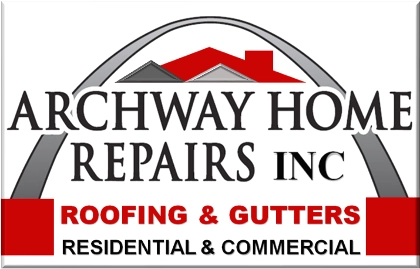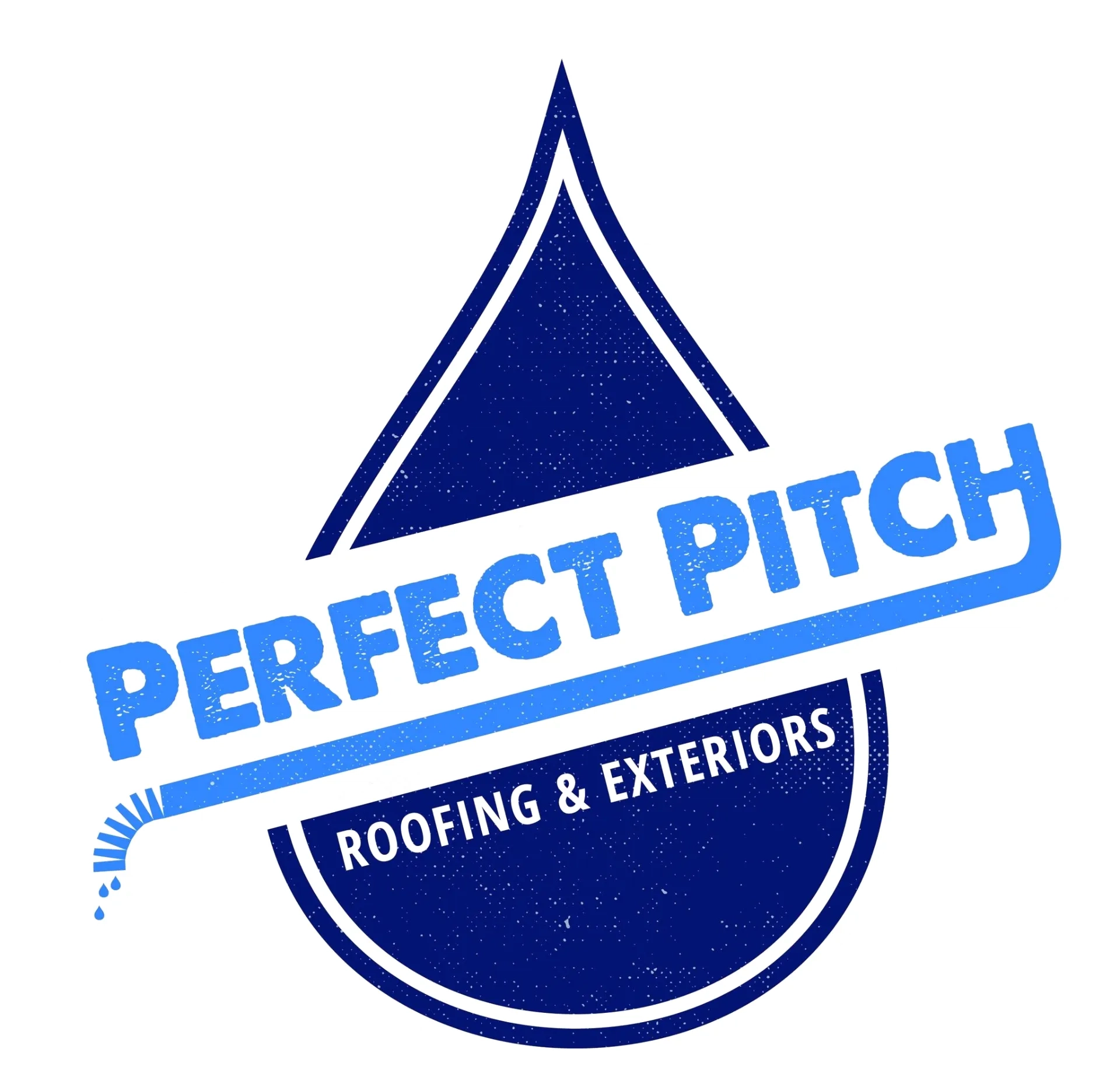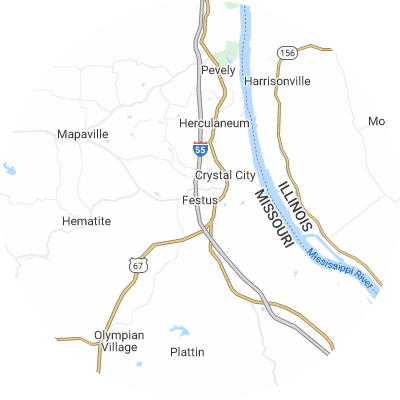Signs You May Need Gutter Guards
While gutter guards aren't always needed, the symptoms of blocked gutters are usually clear. Signs of chronic gutter issues include:
- Leaky seams or joints where water leaks from the gutters
- Soggy ground or visible erosion patterns around your foundation
- Frequent clogs that lead to overflow and water spilling over gutters
- Visibly damaged, sagging, or misaligned gutters that no longer direct rainwater correctly
- Mold growth, peeling exterior paint, or interior water stains on walls near gutters.
How To Choose a Gutter Guard Installer
Assess Their Experience
Companies with extensive gutter guard installation experience that have worked with various styles and models will know how to measure accurately and install guards to your home’s unique dimensions. Get in touch with these companies to find out about their experience and ask for local references.
Verify Proper Licensing and Insurance
Confirm that the businesses you're considering have valid licensing, bonds, workers compensation coverage, and general liability insurance. This protects you in case of injuries or accidents that could arise. Ask potential providers for current licensing and insurance papers.
Choose Reputable Brands
Seek out companies that provide leading reputable gutter guard brands such as Gutter Helmet and LeafFilter. Be wary of companies only offering generic no-name or their own off-brand guards, as these likely do not have the same rigorous testing as reputable national brands.
Seek Custom Fit Services
For optimal performance, gutter guards need to be custom-fitted to match your unique gutter setup. Choose a company that custom measures and trims guards specifically for your home, rather than using generic guards. Accurately fitted guards will leave no gaps for debris to get stuck.
Examine Warranties
High-quality gutter guard installers typically offer 20-year or lifetime warranties against leaks, clogs, rust, and other problems. Before selecting a company, carefully review the warranty terms for materials and workmanship guarantees. Warranties are an excellent way to protect your gutter investment.
Check Reviews and Referrals
Take some time to look at online reviews on sites such as the Better Business Bureau (BBB), Yelp, or Google Reviews to hear more about customer experiences. You can also ask neighbors for recommendations on quality local gutter guard companies. When researching providers, we'd recommend going for companies with a history of good reviews instead of just one or two reviews.
Types of Gutter Guards
There are six typical gutter guard types. These include the following:
- Brush guards are just what they sound like: large brush bristles that sit in your gutters and catch debris while letting water through. On average, you can expect to pay $4.04 per linear foot for brush guards.
- Foam guards are light and easy to install. This type of guard catches debris on the foam and keeps it out of your gutter. Foam guards cost around $2.46 per linear foot.
- Screen guards have large holes that let water through while stopping debris. On average, you can expect to spend $4.20 per linear foot for screen guards.
- Mesh guards stop debris but let water through. Mesh guards have even smaller holes than screen guards. They're durable and encourage debris to slide off rather than sitting on top of the gutters. Mesh guards cost roughly $3.99 per linear foot.
- Micro-mesh guards are normally the most effective. They have smaller holes than standard mesh guards, which lets even less debris through. Micro-mesh guards cost around $5.07 per linear foot.
- Surface tension guards, sometimes called reverse curve guards, use surface tension to allow debris to slide off while water flows into the gutter. They can usually be seen from the ground. On average, you can expect to pay $3.10 per linear foot for surface tension guards.













